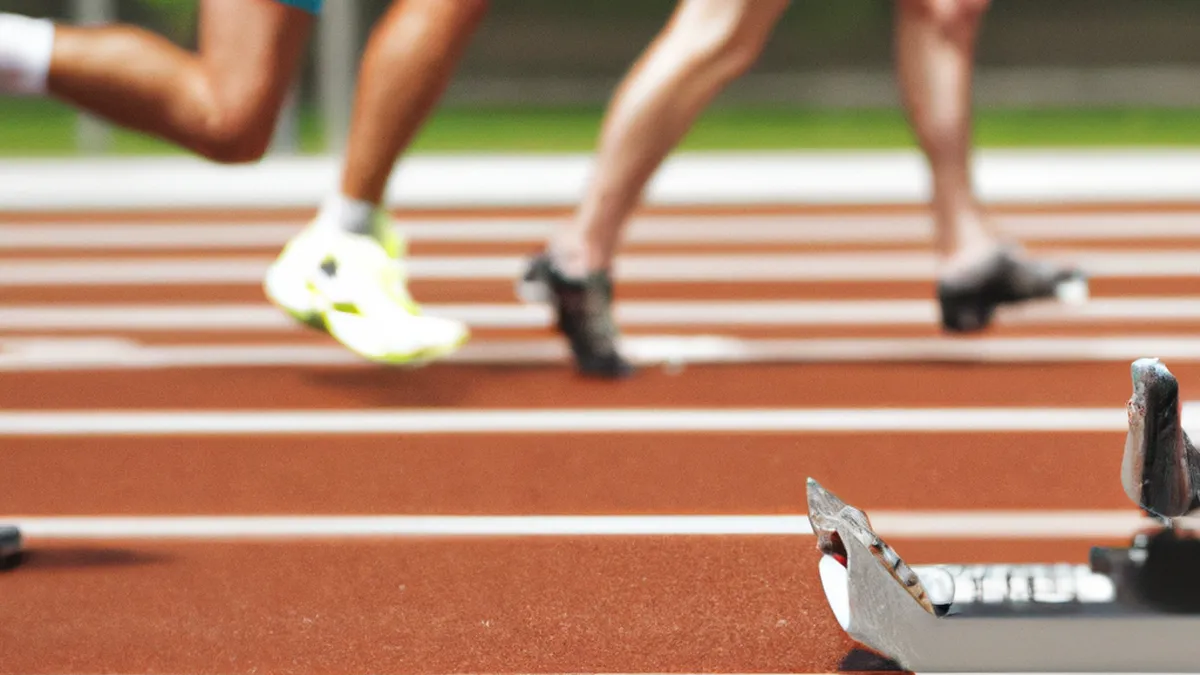Load Monitor: Tools for Athletes Today
Balancing Training Loads and Recovery: The Key to Peak PerformanceAthletes and fitness enthusiasts seek peak performance, but success requires more than just intense workouts. Balancing training loads with recovery often distinguishes elite athletes from others. Overtraining can cause burnout, injuries, and reduced performance. Conversely, excessive recovery can hinder progress. This post explores how to find the right balance and optimize training for sustained success.
Understanding Training Loads
Training loads consist of workout intensity, duration, and frequency. This concept helps athletes assess the strain on their bodies. Understanding training loads is crucial for creating a balanced training plan.
Types of Training Loads
1. **Physical Load**: This includes exercises like weightlifting, running, and cycling. Physical load measures volume (sets and repetitions) and intensity (weight or pace).2. **Mental Load**: Training involves physical and mental effort. Stress from competitions and decision-making during performance adds to the mental load.3. **Cumulative Load**: This refers to the total physical and mental loads over time. Increased cumulative load raises the risk of fatigue and burnout without adequate recovery.Recognizing these load types helps athletes tailor their training and avoid overtraining.
The Importance of Recovery
As an Amazon Associate I earn from qualifying purchases.
Gear tip: consider compression sleeves, compression socks, and percussive massager to support this topic.
Recovery is as vital as training. It enables the body to repair, rebuild, and strengthen. Inadequate recovery increases the risk of injury and fatigue. Research shows that proper recovery enhances athletic performance and well-being.
Types of Recovery
1. **Active Recovery**: Engage in low-intensity activities like walking, swimming, or yoga. Active recovery boosts blood flow, reduces soreness, and maintains mobility without adding stress.2. **Passive Recovery**: This includes complete rest, sleep, and nutrition. During passive recovery, the body undergoes significant healing. Napping and proper nutrition are key activities.3. **Nutrition**: Proper nutrition supports recovery. Consuming carbohydrates, proteins, and healthy fats speeds healing and replenishes energy. Focus on post-workout nutrition for optimal recovery and performance.Balancing these recovery types sustains performance and helps the body bounce back from training stress.
Tips for Balancing Training Loads and Recovery
Finding the right balance requires careful planning and self-awareness. Here are practical tips to achieve equilibrium:
1. Listen to Your Body
Pay attention to your body’s signals and adjust your training accordingly.
Conclusion
Balancing training loads and recovery is vital for peak performance. Focus on understanding and managing both elements for success.
Below are related products based on this post:
FAQ
What are training loads?
Training loads refer to the intensity, duration, and frequency of workouts that athletes engage in. Understanding these loads is essential for creating a balanced training plan that optimizes performance while minimizing the risk of overtraining.
Why is recovery important in training?
Recovery is crucial as it allows the body to repair, rebuild, and strengthen after workouts. Inadequate recovery can lead to increased injuries and fatigue, while proper recovery enhances overall athletic performance and well-being.
What are the types of recovery?
There are three main types of recovery: active recovery, which includes low-intensity activities; passive recovery, which involves complete rest and sleep; and nutrition, where proper intake of carbohydrates, proteins, and fats supports healing and energy replenishment. Balancing these types is key to sustaining performance.















Post Comment